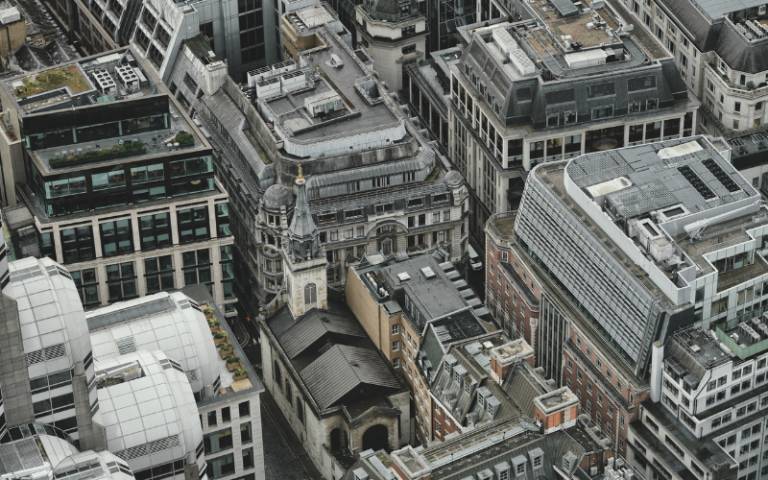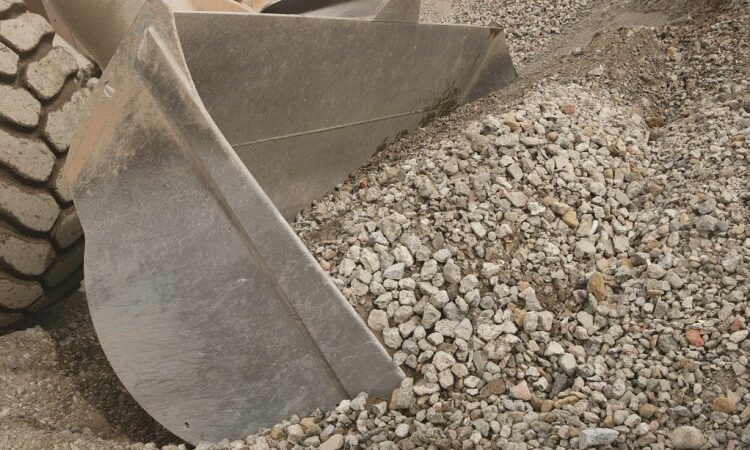Cool roofs are best at beating cities’ heat
Painting roofs white or covering them with a reflective coating would be more effective at cooling cities like London than vegetation-covered “green roofs,” street-level vegetation or solar panels, finds a new study led by UCL researchers.

Conversely, extensive use of air conditioning would warm the outside environment by as much as 1 degree C in London’s dense city centre, the researchers found.
The research, published in Geophysical Research Letters, used a three-dimensional urban climate model of Greater London to test the thermal effects of different passive and active urban heat management systems, including painted “cool roofs,” rooftop solar panels, green roofs, ground level tree vegetation and air conditioning during the two hottest days of the summer of 2018, the warmest on record.
It found that if adopted widely throughout London, cool roofs could reduce outdoor temperatures across the city on average about 1.2 degrees C, and up to 2 degrees C in some locations. Other systems, such as extensive street-level vegetation or solar panels would provide a smaller net cooling effect, only about 0.3 degrees C on average across London, though they offer other environmental benefits. Similarly, while green roofs offer benefits like water drainage and wildlife habitats, their net cooling effect on the city was found to be negligible on average.
Air conditioning, which transfers heat from within buildings to the outside, would warm the outdoor urban environment by about 0.15 degrees C for the city overall, but by as much as 1 degree C in dense central London. The researchers also found that the increase in the distribution of air con units in their model could be entirely powered by photovoltaic solar panels if they were similarly installed to their fullest extent.
To gauge the potential full effect of each method, the team modelled each one as though they had been as widely adopted as theoretically feasible across housing, commercial and industrial buildings throughout Greater London.
Lead author Dr Oscar Brousse (UCL Bartlett School Environment, Energy & Resources) said: “We comprehensively tested multiple methods that cities like London could use to adapt to and mitigate warming temperatures, and found that cool roofs were the best way to keep temperatures down during extremely hot summer days. Other methods had various important side benefits, but none were able to reduce outdoor urban heat to nearly the same level.”
As the climate changes, residents within cities are particularly vulnerable to warming temperatures. Cities generally trap heat, inducing the Urban Heat Island effect that can lead to greater discomfort and mortality for residents during hot spells. Finding ways to adapt or mitigate these warming temperatures has become a high priority for city planners and designers, who have been exploring passive cooling methods like cool roofs, green roofs and expanded urban vegetation as well as active methods for building interiors like air con.
Source: https://www.ukconstructionmedia.co.uk/news/cool-roofs-are-best-at-beating-cities-heat/

Steffanie Eslinger is a British novelist and writer based in Cambridge, England. Her novels have received critical acclaim, with one being a Sunday Times bestseller. Eslinger has been actively involved in the literary community, speaking at festivals, teaching writing workshops, and contributing to prestigious literary magazines. She holds a master’s degree in Creative Writing from the University of Cambridge and an undergraduate degree from the University of Oxford.





